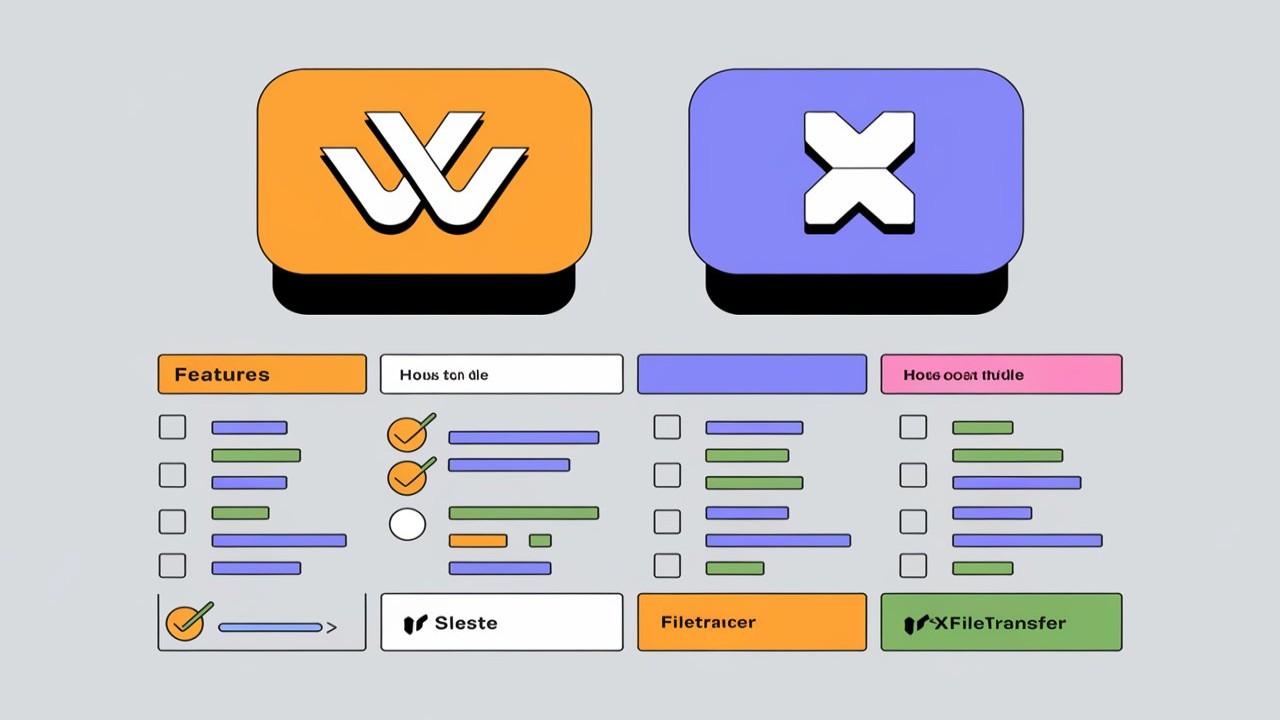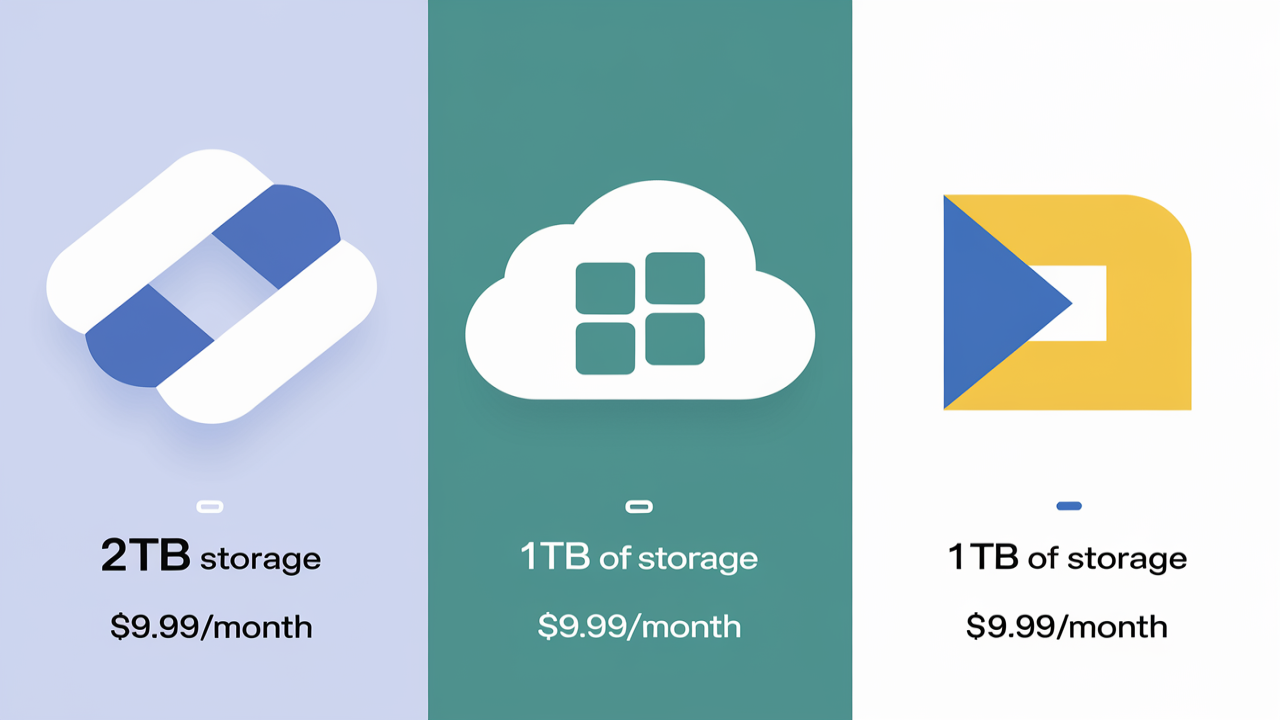File transfer protocols (FTPs) are the backbone of modern digital communication. Every time you send a file across the internet, it’s the underlying protocol that ensures the safe arrival of that data. But how is the future shaping up for file transfer protocols? With rapid advancements in technology, we’re seeing innovations that are pushing the boundaries of secure file sharing like never before.
The Evolution of File Transfer Protocols
From the early days of the internet, file transfer protocols have been critical for moving data between systems. FTP (File Transfer Protocol) was one of the first protocols used for transferring data. Although revolutionary at the time, FTP has several weaknesses, primarily in security. It sends files in plain text, making data susceptible to interception.
However, as cybersecurity became a growing concern, the demand for secure protocols emerged. This led to the development of more secure file transfer methods, like SFTP (Secure File Transfer Protocol) and FTPS (FTP Secure). These protocols brought encryption into the equation, ensuring safer data transfers.
Current File Transfer Protocols
FTP (File Transfer Protocol)
While not as secure as more modern protocols, FTP remains widely used, particularly in internal networks. Its simplicity and ease of use make it a go-to for organizations that don’t deal with sensitive data. However, it’s increasingly being phased out in favor of more secure alternatives.
SFTP (Secure File Transfer Protocol)
SFTP combines file transfer with the secure shell protocol (SSH), providing robust encryption during data transmission. This makes it one of the most reliable protocols for secure data sharing today.
FTPS (FTP Secure)
FTPS is an extension of FTP with added support for Transport Layer Security (TLS) and Secure Sockets Layer (SSL) encryption. This combination enhances the security of the traditional FTP protocol while retaining much of its functionality.
Innovations in Secure File Transfer
Encryption Enhancements
Encryption is the bedrock of secure file transfer. Advanced encryption standards (AES) are constantly evolving, with newer versions providing faster and more secure methods for safeguarding data during transmission.
Two-Factor Authentication for Transfers
Security isn’t just about encryption anymore. Two-factor authentication (2FA) adds an extra layer of protection, ensuring that even if an attacker intercepts a file, they won’t be able to access it without the additional verification.
Cloud-Based File Transfer
Advantages of Cloud for Secure Transfers
Cloud-based file transfer protocols like those offered by Google Cloud and Amazon S3 are becoming increasingly popular. These platforms offer built-in encryption and scalable security features that simplify the file-sharing process for businesses. The key advantage? Cloud services automatically manage encryption keys, saving time and reducing the risk of human error.
Hybrid File Transfer Models
Hybrid models, combining cloud and on-premises storage, are also on the rise. These systems offer flexibility, allowing organizations to maintain control over sensitive data while leveraging the scalability of the cloud for less critical information.
Blockchain in File Transfer
Decentralization for Data Security
Blockchain technology is poised to revolutionize secure file sharing by decentralizing the process. Unlike traditional methods that rely on a central server, blockchain allows files to be transferred across a decentralized network, significantly reducing the risk of hacking.
Blockchain’s Role in Immutable File Transfers
Blockchain also ensures that data transfers are immutable, meaning files cannot be altered once sent. This makes blockchain an ideal solution for sectors like finance and healthcare, where data integrity is paramount.
AI and Machine Learning in File Transfers
Automating File Transfers
Artificial intelligence (AI) and machine learning are helping to automate and optimize file transfers. These technologies can predict the most efficient routes for data transfer, ensuring minimal delays and maximizing speed.
Predictive Analysis for Data Routing
Machine learning algorithms are also being used to predict potential security vulnerabilities and route data through the safest paths, reducing the risk of interception or data breaches.
Zero-Trust Security Models
What is Zero Trust?
In the traditional security model, users inside a network were trusted by default. The Zero-Trust model flips this concept, assuming no user or system is trustworthy without verification, significantly bolstering security for file transfers.
How It Enhances File Transfer Security
By implementing Zero-Trust protocols, organizations can enforce stricter identity verification for every file transfer, ensuring that only authorized users and devices can access sensitive data.
Quantum Computing and Its Impact
Quantum Encryption in File Transfer
Quantum computing presents both opportunities and challenges for secure file transfers. Quantum encryption could revolutionize how we secure data, making it theoretically impossible for hackers to break encryption using traditional computing methods.
Challenges with Quantum Computing in Secure Transfers
However, quantum computing also poses risks. Quantum computers could eventually break traditional encryption methods, meaning protocols will need to evolve to stay ahead of potential threats.
Regulatory Compliance and Secure Transfers
GDPR, HIPAA, and Their Impact on File Transfer Protocols
With regulations like GDPR (General Data Protection Regulation) and HIPAA (Health Insurance Portability and Accountability Act), compliance is crucial for secure file sharing. Companies must adhere to these regulations or face stiff penalties, making regulatory compliance a central concern for future file transfer protocols.
Future Trends in Compliance
We can expect more stringent regulations around data protection in the future, driving further innovation in secure file transfer technologies.
End-to-End Encryption
How End-to-End Encryption Works
End-to-end encryption ensures that only the sender and receiver can decrypt the data being shared. This makes it nearly impossible for intermediaries, including hackers, to intercept and read the data.
Why It’s Becoming Standard in File Transfers
More file transfer systems are adopting end-to-end encryption due to its superior security. Expect this trend to continue as encryption standards evolve.
The Role of APIs in Secure File Transfer
API Security for Data Transfer
Application Programming Interfaces (APIs) are critical in modern file transfers. Ensuring that APIs themselves are secure is becoming just as important as the data they transmit. Companies like Twilio and Stripe are setting the standard for secure API-based transfers.
Innovations in API Encryption
Innovations in API encryption are enhancing how data is transferred between systems. OAuth2 is becoming the go-to method for secure API communication, ensuring that data remains safe throughout the transfer process.
Peer-to-Peer File Transfer Protocols
Advantages of P2P Transfers
Peer-to-Peer (P2P) file transfers eliminate the need for a central server, reducing potential points of failure or interception. This makes it a strong candidate for secure, decentralized data sharing.
How P2P Transfers Ensure Security
By breaking files into smaller chunks and distributing them across the network, P2P transfers make it significantly harder for attackers to access the entire file.
Security Certifications for File Transfer Protocols
ISO and NIST Certifications
Security certifications, such as those from ISO (International Organization for Standardization) and NIST (National Institute of Standards and Technology), set the standard for secure file transfer protocols. These certifications ensure that organizations follow best practices for data protection.
How They Influence File Transfer Protocol Standards
Certifications like ISO 27001 help shape the development of future file transfer protocols by ensuring that they meet the latest security standards.






Comments (0)